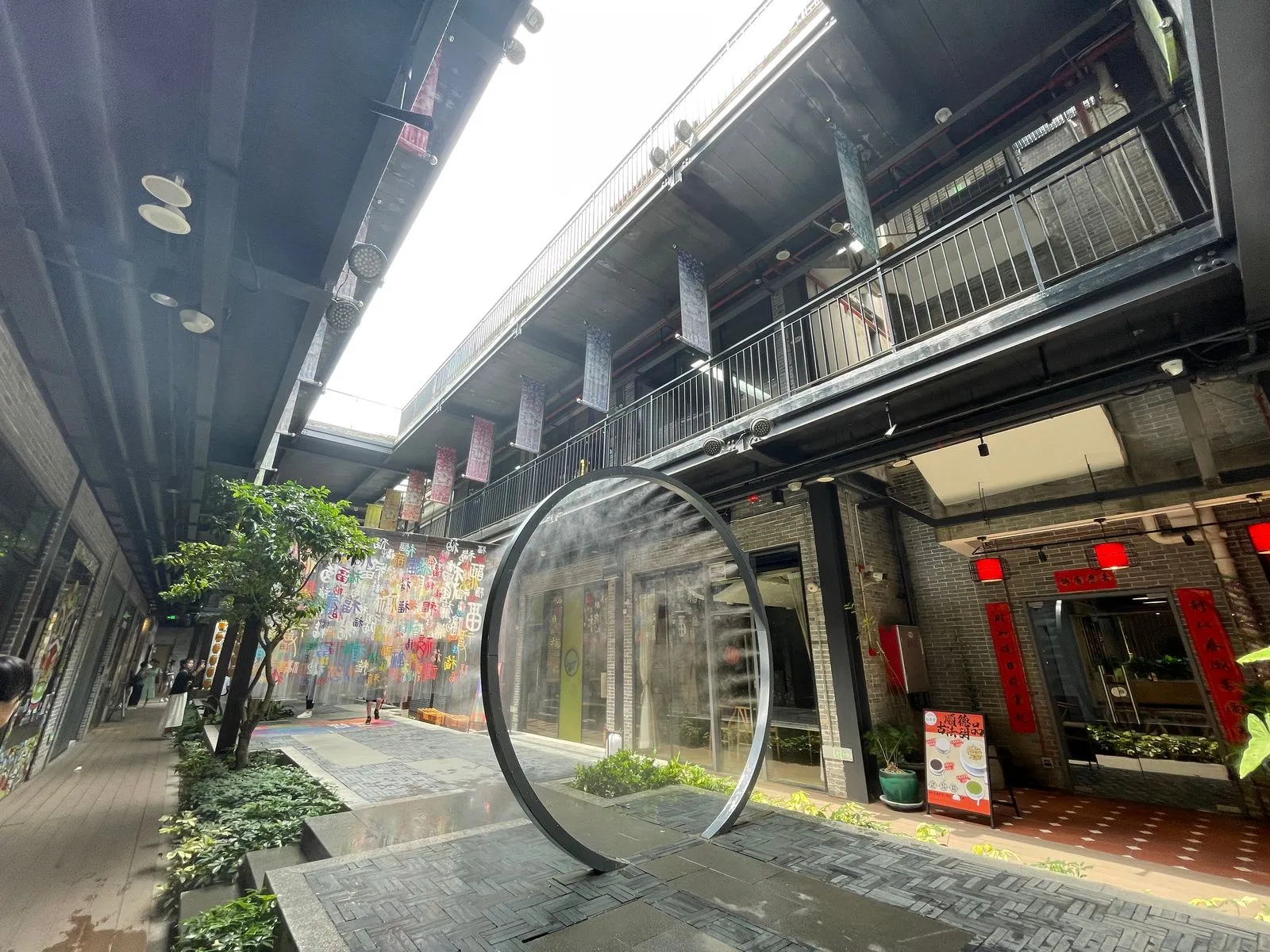Innovative Self-Cooling Buildings Combat Urban Heat in China
To tackle the sweltering heat, some buildings in China are equipped with smart glass that adjusts to temperature changes and air ducts that harness natural wind. This summer, many regions in China experienced heat waves, with the average temperature in July reaching 23.2°C, the highest since 1961, according to the China Meteorological Administration. Two more heat waves are expected from now until mid-August. Experts suggest that urban planning and architectural design must adapt to changing climates, according to a CGTN report on August 3rd.

Chongqing, known as one of China’s “furnace cities” due to its prolonged summer heat, features several energy-efficient buildings utilizing advanced technologies such as shading, ventilation, and heat dissipation. For instance, a building in the city’s Bonded Port Area is covered with 10,000 square meters of smart glass that reacts to thermal signals. When the air temperature exceeds 35°C, the glass becomes opaque, blocking sunlight and heat from entering the building, functioning as a sunshade.
The smart glass contains a polymer nanogel with evenly dispersed molecules at low temperatures, maintaining transparency and allowing sunlight to pass through, explained Zhong Xianqiang, head of construction projects in Chongqing’s Bonded Port Area. “As the temperature rises, the molecules gather, refracting and reflecting light at various wavelengths. Combining this material with two glass panes forms smart glass capable of blocking external heat,” Zhong elaborated.
In the Liangjiang New Area, the Chongqing House showcases impressive self-cooling capabilities. Numerous plants like golden bamboo and ivy grow in all outdoor gardens, covering nearly the entire exterior walls of the building. From a distance, the building appears to be draped in a green summer cloak. The dense vegetation creates its own microclimate, reducing the building’s surface temperature.
An L-shaped air duct running from the northwest to the northeast corners of the building enhances cooling by utilizing wind from a nearby hillside, according to Chen Hangyi, the lead designer of Chongqing House. “With its ventilation system and rainwater recycling, the building can save an estimated 40%-50% more energy per square meter compared to average energy-efficient buildings,” Chen stated.
In Guangzhou, southern China, district cooling systems (DCS) are widely used. Unlike traditional air conditioning, these systems improve energy efficiency by incorporating renewable energy and waste energy. At a new DCS station in Guangzhou’s International Financial City, a tank with a 3,000 cubic meter capacity stores ice. Each night, the station makes and stores ice when the electrical load is low. This system reduces reliance on costly and polluting thermal power during peak hours, maximizing surplus energy like solar and wind during off-peak hours, thus enhancing overall electricity efficiency.

Central cooling systems help reduce the use of numerous small air conditioners in the city, cooling urban areas and mitigating the urban heat island effect.



